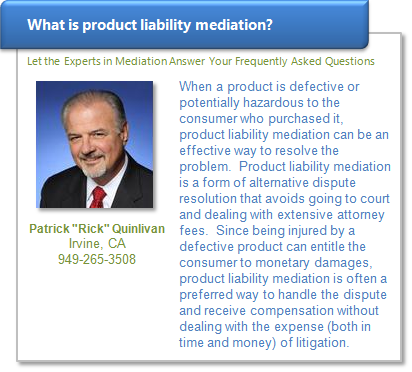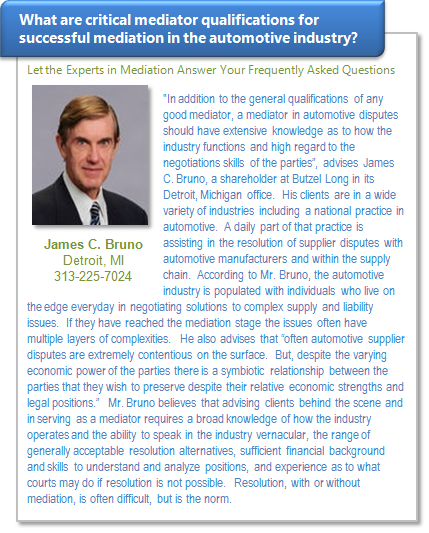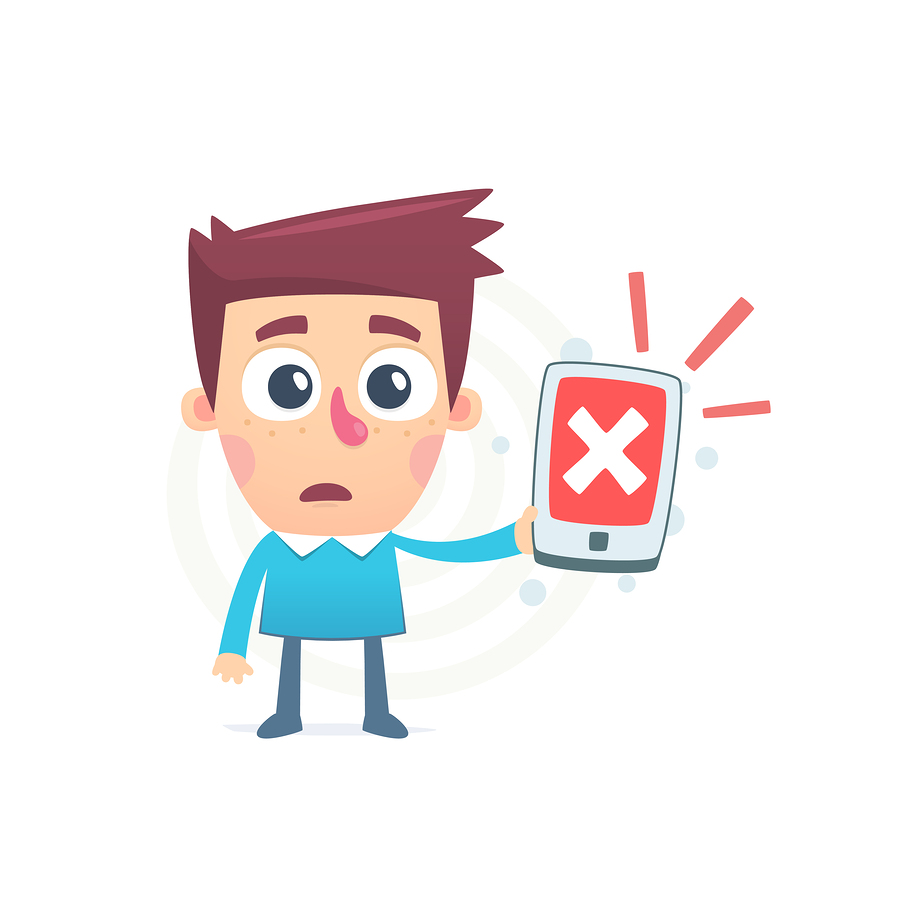Mortgage, Home-Equity Woes Linger – Number of ‘Underwater’ Borrowers Is Down but Remains Elevated, Zillow Finds
The Transformation of LGBT Law in the Workplace – To fully appreciate the recent shift in workplace culture for lesbian, gay, bisexual and transgender employees, consider this: In 2008, fewer than 10 companies took a public stand against a California ballot initiative to ban same-sex marriage. Just five years later, in 2013, 278 corporations— including some of the nation’s largest—threw their support (and for many, their money) behind same-sex marriage, submitting a brief to the U.S. Supreme Court asking it to overturn parts of the Defense of Marriage Act in Windsor v. United States, 133 S. Ct. 2675 (2013).
Housing debt still traps 10 million Americans – Nearly 10 million Americans remain financially trapped by homes worth less than their mortgage debts — an enduring drag on the U.S. economy almost seven years after the housing bust triggered the Great Recession.








 When a product is defective or potentially hazardous to the consumer who purchased it, product liability mediation can be an effective way to resolve the problem. Product liability mediation is a form of alternative dispute resolution that avoids going to court and dealing with extensive attorney fees. Since being injured by a defective product can entitle the consumer to monetary damages, product liability mediation is often a preferred way to handle the dispute and receive compensation without dealing with the expense (both in time and money) of litigation.
When a product is defective or potentially hazardous to the consumer who purchased it, product liability mediation can be an effective way to resolve the problem. Product liability mediation is a form of alternative dispute resolution that avoids going to court and dealing with extensive attorney fees. Since being injured by a defective product can entitle the consumer to monetary damages, product liability mediation is often a preferred way to handle the dispute and receive compensation without dealing with the expense (both in time and money) of litigation.